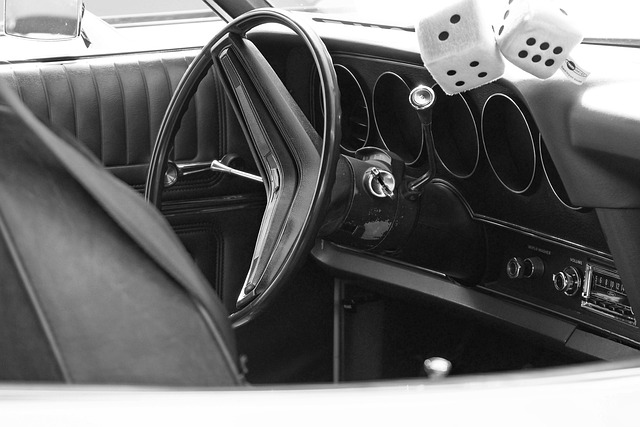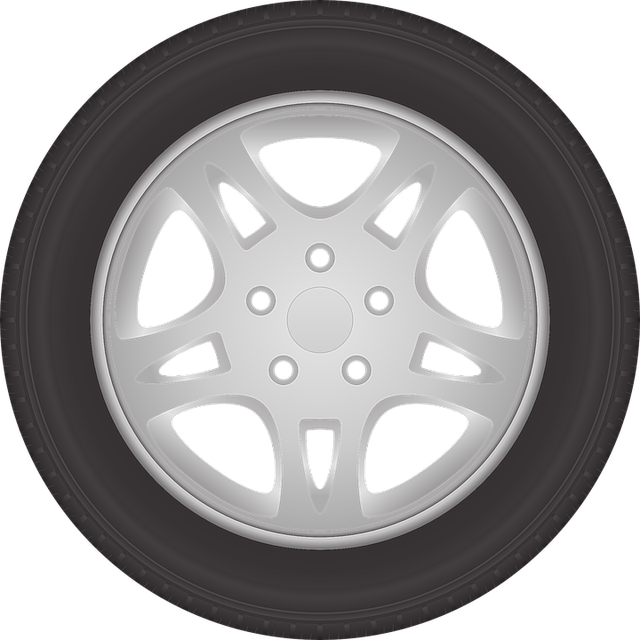Looking to register your car in California? This comprehensive guide breaks down the process step-by-step. From understanding key requirements like DMV vin verification, to gathering essential documents, and whether to go online or visit the local office for an inspection, you’ll find everything you need. Ensure accuracy by double-checking vehicle details and records before finalizing your registration.
- Understand California Car Registration Requirements
- Gather Necessary Documents for Registration
- Visit Your Local DMV for Vehicle Inspection
- Complete Online Registration or In-Person Process
- Verify VIN and Ensure All Records are Accurate
Understand California Car Registration Requirements

Before registering your car in California, it’s crucial to understand the state’s specific requirements. The California Department of Motor Vehicles (DMV) mandates several key steps for car registration, including a thorough vehicle inspection and verification of the Vehicle Identification Number (VIN). This VIN verification process ensures that your vehicle meets all safety and environmental standards before it can be legally registered.
During the registration process, you’ll need to provide proof of identification, insurance, and ownership. Additionally, your vehicle must pass an emissions test in most cases. For a convenient and efficient solution, many opt for mobile VIN verification services that come directly to them, allowing for a smoother experience. These services use advanced technology to perform both a visual inspection and a digital VIN check, making it easier than ever to meet California’s car registration demands.
Gather Necessary Documents for Registration

Before you begin the registration process, ensure you have all the required documents. The California Department of Motor Vehicles (DMV) requires specific paperwork for a successful car registration. Key among these is the Vehicle Identification Number (VIN) verification, which can be completed through a mobile vin verifier or inspection service to ensure the vehicle’s authenticity and history.
Other essential documents include proof of ownership, such as a title certificate, and valid identification like a driver’s license. You will also need an emissions test report, if applicable, and any fees associated with registration. Having these documents ready streamlines the process at the DMV, making it easier for you to get your vehicle registered promptly.
Visit Your Local DMV for Vehicle Inspection

After gathering all your necessary documents, it’s time to visit your local DMV for a vehicle inspection. This crucial step involves verifying essential details about your car, ensuring it meets California’s safety and emission standards. The process typically includes a visual inspection of the vehicle’s exterior, interior, lights, tires, and other critical components.
During this visit, you can also take advantage of the DMV’s VIN verification services, which check the Vehicle Identification Number (VIN) to ensure the car’s history is clean and free from any reported damage or theft. Many people opt for a mobile vin inspection or use a mobile vin verifier to simplify the process, saving them time and effort by having the vehicle checked at their convenience.
Complete Online Registration or In-Person Process

In California, car registration can be completed either online or in person at a DMV (Department of Motor Vehicles) office. The process starts with gathering all necessary documents and ensuring your vehicle meets safety and emissions standards. One crucial step is the DMV VIN verification, which involves confirming the vehicle’s unique identification number (VIN). For convenience, many opt for a mobile vin verifier or conduct a vin inspection using readily available tools to streamline this process before visiting the DMV.
If registering online, you’ll need to input your vehicle information, including the VIN, and follow the digital registration steps. In-person registration requires filling out forms, providing proof of insurance, and paying the registration fees. Both methods ensure that your car is legally registered and roadworthy, but online registration offers the advantage of reduced waiting times and, in some cases, faster turnaround for title and license plate issuance.
Verify VIN and Ensure All Records are Accurate

Before registering your car in California, it’s crucial to verify the Vehicle Identification Number (VIN) and ensure all records are accurate. Start by performing a DMV VIN verification to confirm the vehicle’s history and ensure there are no outstanding issues or recalls. This step is essential for ensuring you’re purchasing a safe and legal vehicle.
Consider utilizing a mobile vin verification or inspection service to make this process even easier. These services allow you to check a car’s history remotely, providing valuable insights into its past ownership, maintenance records, and any potential red flags. With these tools at your disposal, you can navigate the registration process with confidence, knowing every detail about your new vehicle has been thoroughly checked.
Registering a car in California involves understanding key requirements, gathering essential documents, and completing either an online or in-person process. Always verify your Vehicle Identification Number (VIN) and ensure all records are accurate during the DMV vin verification process to avoid delays and issues. By following these steps, you’ll be well on your way to legalizing your vehicle in the Golden State.
